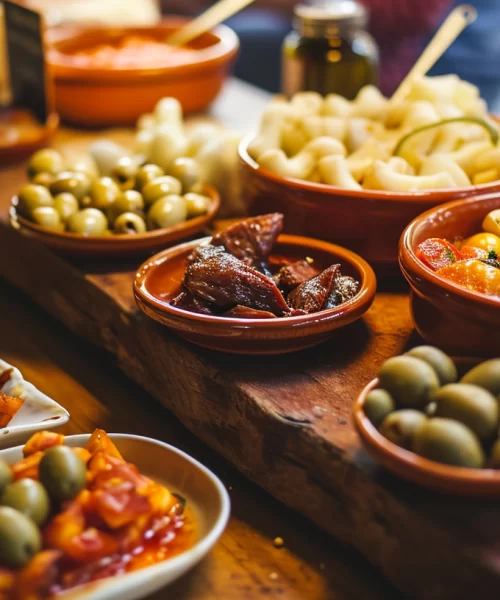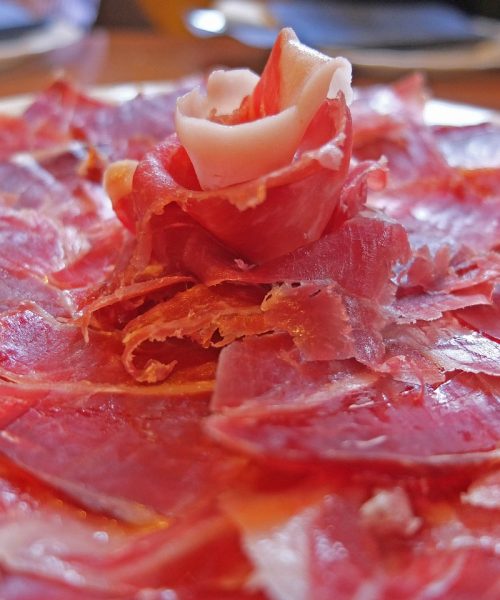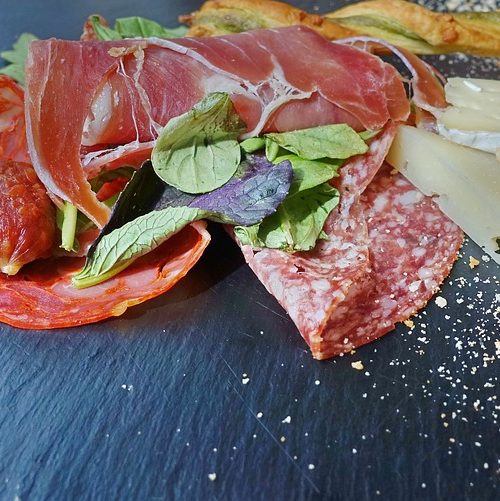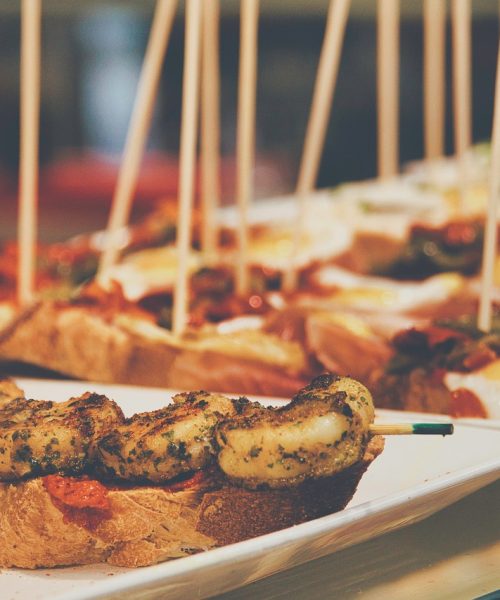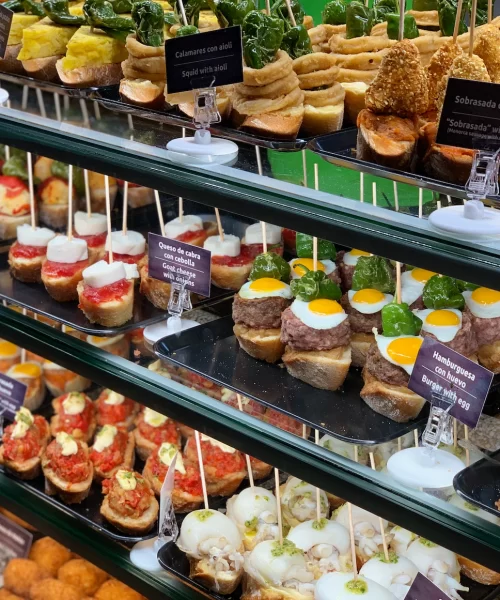Pata Negra ham is the star product of Spanish gastronomy. It is the favorite at the table, at large parties, gourmet tapas or intimate dinners with family or friends. But you certainly don’t know everything about it. Read on to learn some curiosities about Pata Negra ham that you probably didn’t know.
An ancient tradition?
We are used to new products popping up every day in the gastro or foodie world and many of them being disguised as a marketing strategy with their story of long standing or other outstanding historical facts. In the case of Iberian cured ham, this long tradition is no marketing tale, as evidenced by a fossilized ham found during an archaeological dig in the ancient Roman city of Tarraco (now Tarragona), which is more than two millennia old.
But that’s not all: there are numerous ancient texts that refer to Spanish ham. Texts by important personalities such as Pliny the Elder and Cato the Elder. These writings show that the ancient inhabitants of the Iberian Peninsula were already experts in pig breeding and in the production of ham, which was already highly valued in the rest of the Roman Empire.
Why the ham hanging up?
Surely you’ve seen it many times: Whole ham knuckles hanging from the ceiling in bars, restaurants or gourmet shops. According to some sources, this custom was introduced in the 16th and 17th centuries when small Christian producers hung their hams at the entrance to show that they were Christians and thus distinguished them from the Muslims.
This practice has also been maintained over time as it is beneficial for the curing of the ham as it allows it to breathe much better. Nowadays the hams are hung to encourage aeration and remove excess moisture and fat.
The lid!
You probably don’t know that the term “tapa” has a lot to do with Iberian ham. The etymological origin of the word tapa dates back to the Middle Ages, from the time of Alfonso X, when, during an illness, the royal physician recommended drinking the wine with a small portion of ham to mask the intoxicating effects”.
In Spain, the idea spread that it was necessary to eat something with the wine in order not to get drunk too quickly, as evidenced by a law passed by the Catholic Monarchs, which obliged innkeepers to serve dried sausages and bread to serve with alcohol to lessen the effect of wine and beer.
Another version, also referring to a king, tells that Fernando VII, on a visit to Cadiz, was in a tavern The strong wind, typical of this area, shook up the sand that fell into the king’s sherry glass, and he asked to be served a “tapa” of prosciutto, so as not to have the sand in the glass The combination of ham and And sherry wine was so delicious that the king immediately asked for more “tapas”.


